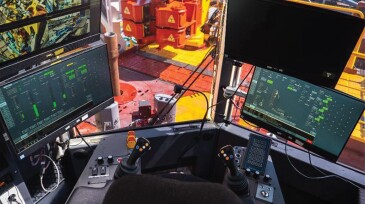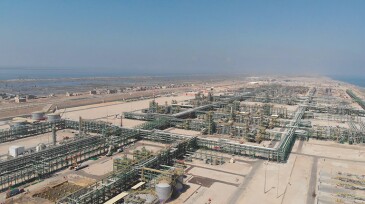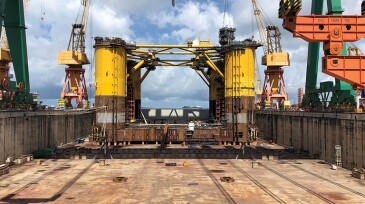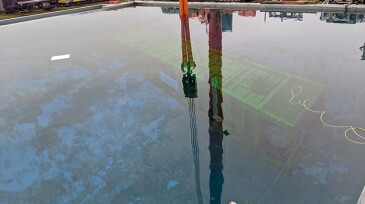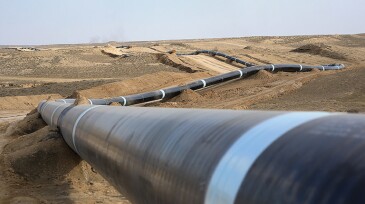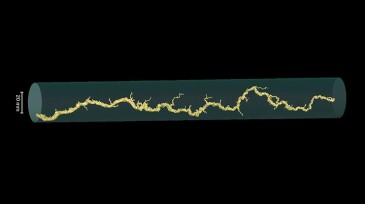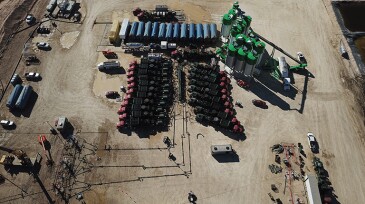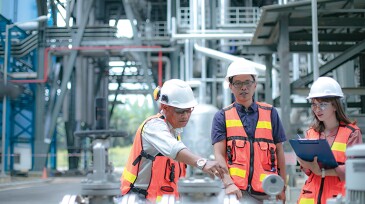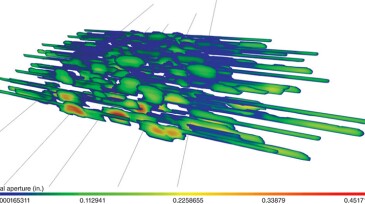Monthly Features
-
This article is the fourth in a Q&A series from the SPE Research and Development Technical Section focusing on emerging energy technologies. In this piece, David Reid, the CTO and CMO for NOV, discusses the evolution and current state of automated drilling systems.
-
Oil and gas experts encourage human/AI partnerships that can “supercharge” capabilities to create competitive advantages.
-
Casing deformation has emerged as a major challenge in China’s unconventional oil and gas fields, prompting the development of new solutions to address the issue.
-
The US supermajor is using one of its lowest-value hydrocarbon products to generate double-digit production increases in its most prolific US asset.
-
With the right infrastructure and interoperability, subsea resident robotics could unlock more frequent, cost-effective inspections—and a new standard for offshore efficiency.
-
Emerging solutions could solve current subsea pain points, while a new taxonomy system could clarify the capabilities of the expanding domain of underwater vehicles.
-
Drilling automation is not “there” yet, but it no longer seems like a pipe dream.
-
East Med gas production, leveraged by Egypt’s position at the mouth of the Suez Canal, is redefining geopolitical relations as North Africa, Europe, and the Middle East strive to create a new distribution hub for energy, legacy, and renewables.
-
Shell’s sibling solutions for its Vito and Whale deepwater US Gulf developments are proving the “design one, build two” model can work.
-
The difficulty in selling a chemical to aid subsea pipeline flow has been delivering it to the wells.
-
Over the past 30 years Caspian nations such as Azerbaijan and Kazakhstan have built thriving economies on oil and gas wealth led by global energy companies and a handful of megaprojects. As times change, that model may need to be reassessed.
-
HCl acid stimulation of carbonate production requires the retardation of the HCl-carbonate rock reaction to achieve the optimum balance between total fluid used and the enhancement of well production. The described investigation was done offshore Sarawak using Indiana Limestone cores.
-
Mixing dry polymer powder and water to make friction reducer as needed during fracturing can cut the cost of the additive and the testing of whether a drastically simplified recipe performs as well as more-complex mixes.
-
The Great Crew Change is all but over, Gen Xers are now managing Baby Boomers, and the oil and gas industry is morphing into the energy industry. Is this the end of an era or a new start for petroleum engineering education?
-
Insights from an ongoing industry study on North American shale wells help explain what frac hits, or fracture-driven interactions, are doing between offset wells, and why.
-
Each year during its Annual Technical Conference and Exhibition (ATCE), SPE honors members whose outstanding contributions to SPE and the petroleum industry merit special distinction. Recipients were recognized last month at ATCE in Dubai.
Explore Content by Discipline
Power Up With JPT Newsletters
JPT Newsletter (Weekly).
All the top stories, trends, and tech.
JPT Unconventional Insights (Monthly).
Fresh takes on shale and tight oil.
Get JPT articles in your LinkedIn feed and stay current with oil and gas news and technology.







